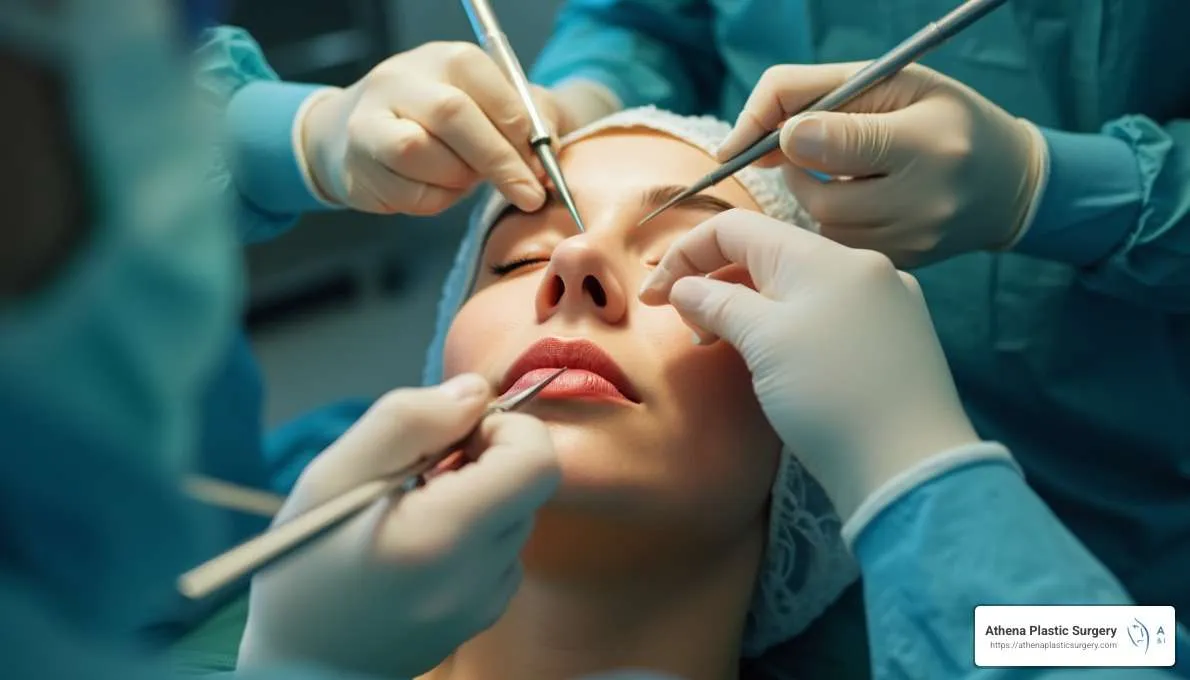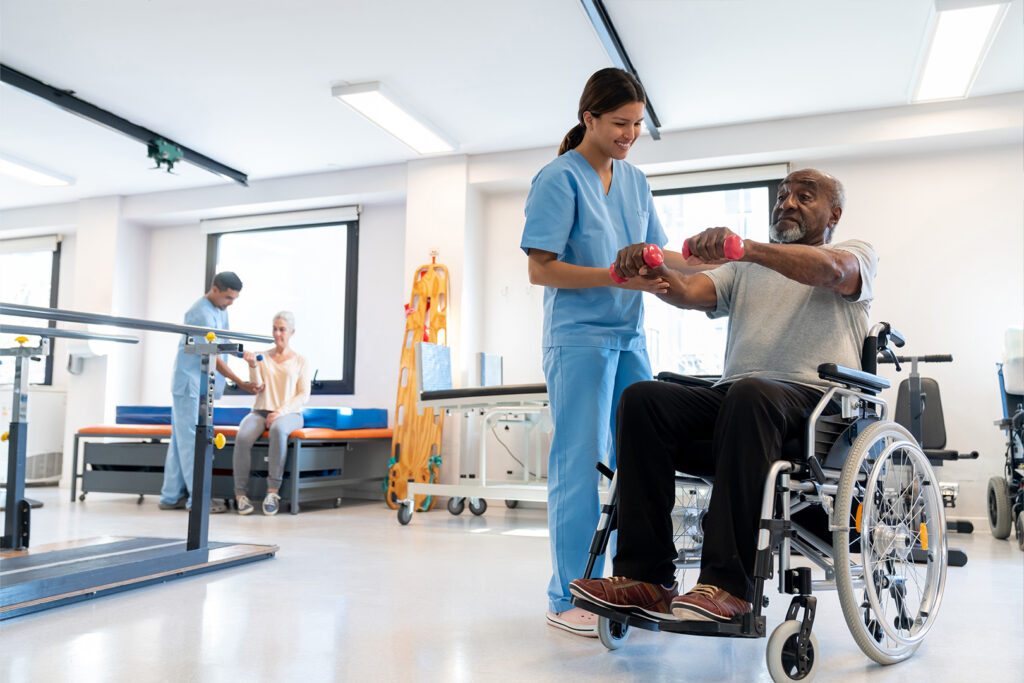Urgent care centers provide a practical solution for families seeking prompt medical attention for various non-life-threatening conditions. These facilities are an accessible option for individuals who need care outside regular physician hours or require faster service than an emergency room visit can provide. Understanding the structure, services, and advantages of this type of care can help families make informed choices about their health.
What Is Urgent Care?
Urgent care (UC) is a type of walk-in clinic that offers immediate medical attention for injuries and illnesses that are not severe enough to require emergency care but still need prompt treatment. These centers are designed to fill the gap between a primary care provider and the emergency room. They typically operate outside standard office hours, including evenings and weekends, accommodating families with busy schedules. These care centers are staffed by licensed healthcare professionals experienced in evaluating and treating a broad range of medical conditions that require timely intervention.
What Are the Available Services?
Urgent care centers (UCCs) provide a broad range of medical services for patients of all ages, addressing minor injuries and common illnesses. They also offer additional diagnostic and preventive services on-site. Here’s an overview of what you can expect:
- Injury treatment: Sprains, cuts, burns, and fractures.
- Illness management: Colds, flu, sinus infections, earaches, and sore throats.
- On-site services: X-rays, rapid lab tests, and vaccine administration.
- Physical exams: For sports, school, or employment.
- Other treatments: Minor allergic reactions, urinary tract infections, and mild asthma attacks.
How Is It Different From Other Types of Care?
UCCs differ from both primary care offices and emergency rooms in several ways. Unlike primary care, UC does not require appointments. While primary care physicians focus on ongoing health management and chronic condition monitoring, urgent care is intended for acute, short-term needs that arise unexpectedly.
Emergency rooms are equipped to handle life-threatening conditions and severe injuries, with a much broader range of resources and specialized staff. Urgent care centers do not treat conditions such as chest pain, severe trauma, or symptoms of stroke. These conditions require advanced resources and immediate intervention from emergency departments.
How Is Urgent Care Fast and Convenient?
These care centers offer a streamlined process that reduces wait times and simplifies access to care. Most facilities are designed for walk-in visits, eliminating the need for appointments. Patients are often seen on a first-come, first-served basis, with wait times typically much shorter than those in emergency rooms.
Convenient locations, often within residential or retail areas, make it easier for families to access care quickly. Extended evening and weekend hours provide flexibility for those who cannot seek care during traditional office times. Centers may coordinate with pharmacies and imaging centers, which aids in timely diagnosis and treatment.
When Should You Go to Urgent Care?
UCCs are suited for medical issues that are not emergencies but require prompt attention. These include minor injuries, respiratory infections, minor burns, mild to moderate allergic reactions, and conditions like pink eye or rashes. Choosing this type of care is a practical option when a primary care provider is unavailable or when symptoms develop outside of regular office hours.
Seek Quick and Efficient Care Today
Urgent services offer a fast, accessible option for families experiencing non-life-threatening medical concerns. UCCs offer many services, extended hours, and convenient locations, bridging the gap between primary care and emergency services. Families seeking effective, timely care can benefit from the efficiency and adaptability of prompt care for urgent medical needs. For minor injuries and illnesses that require immediate attention, visit a care center for a streamlined experience.





Leave a Reply